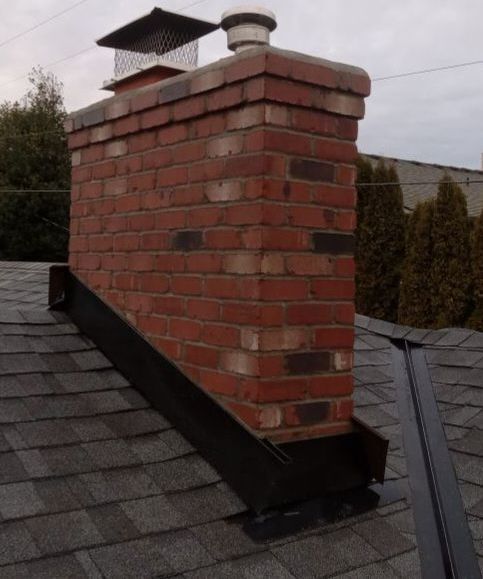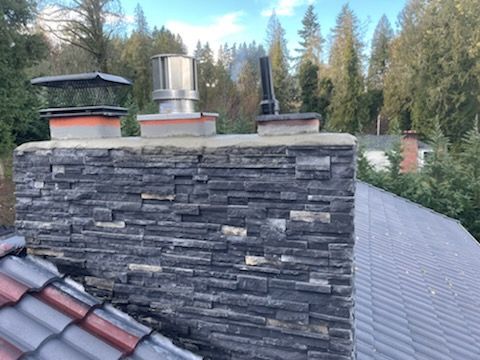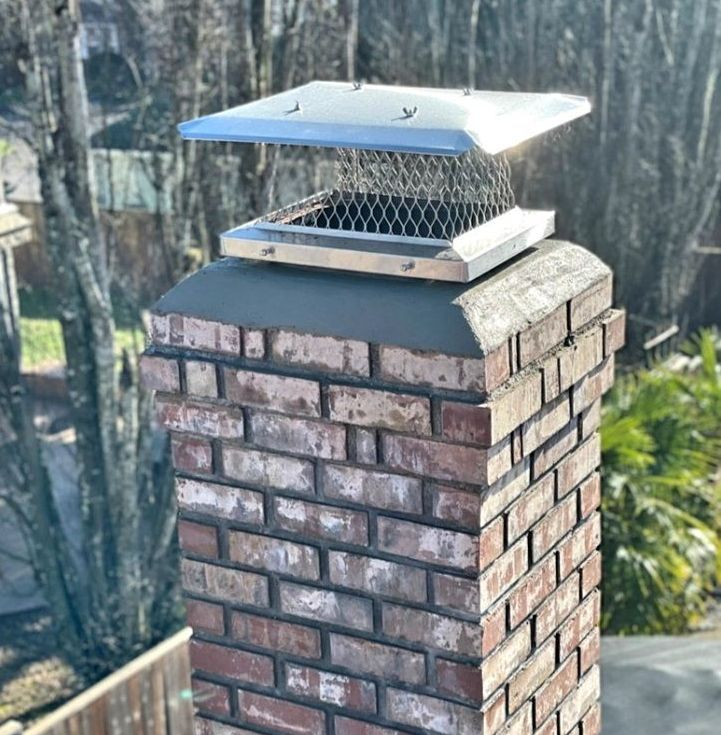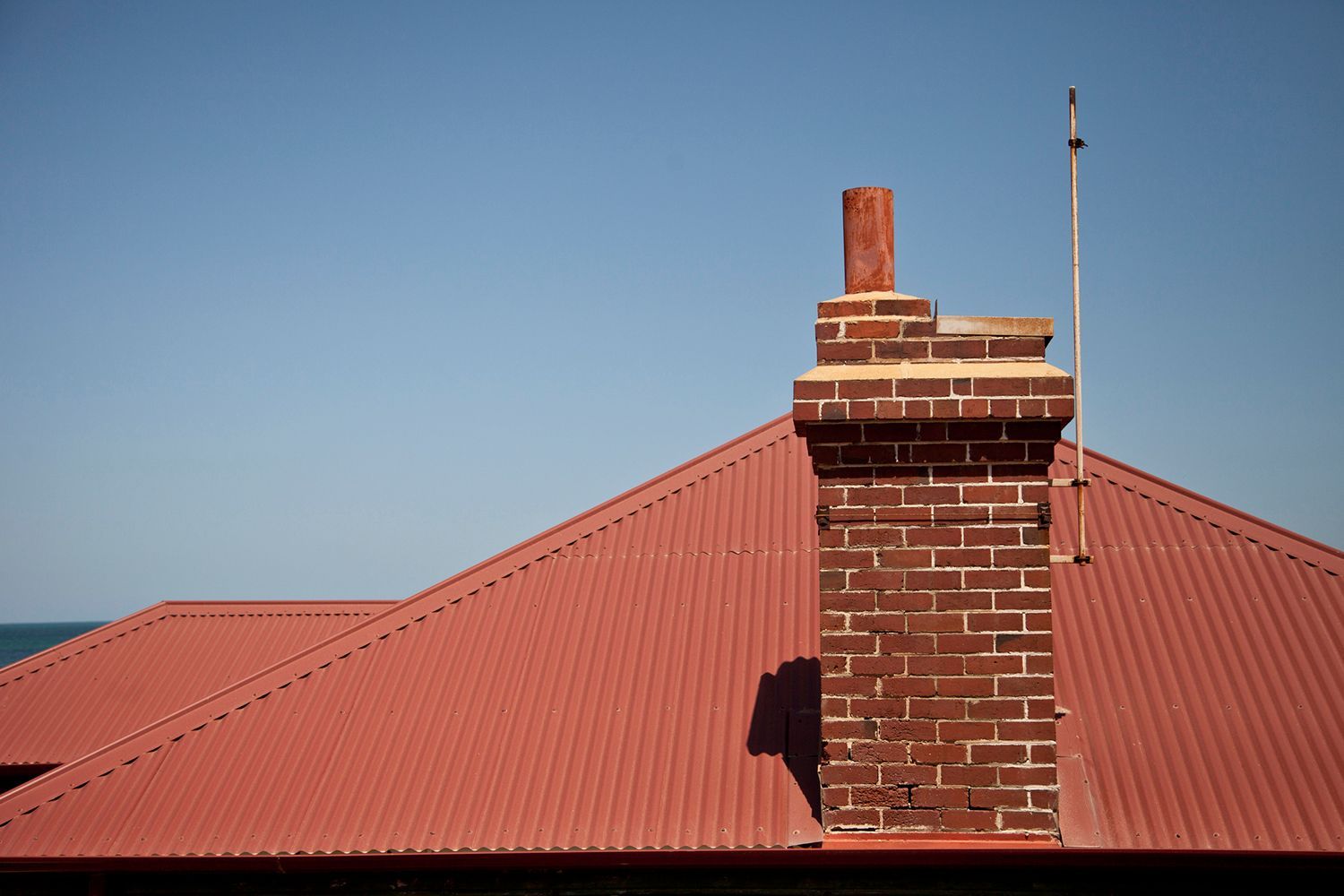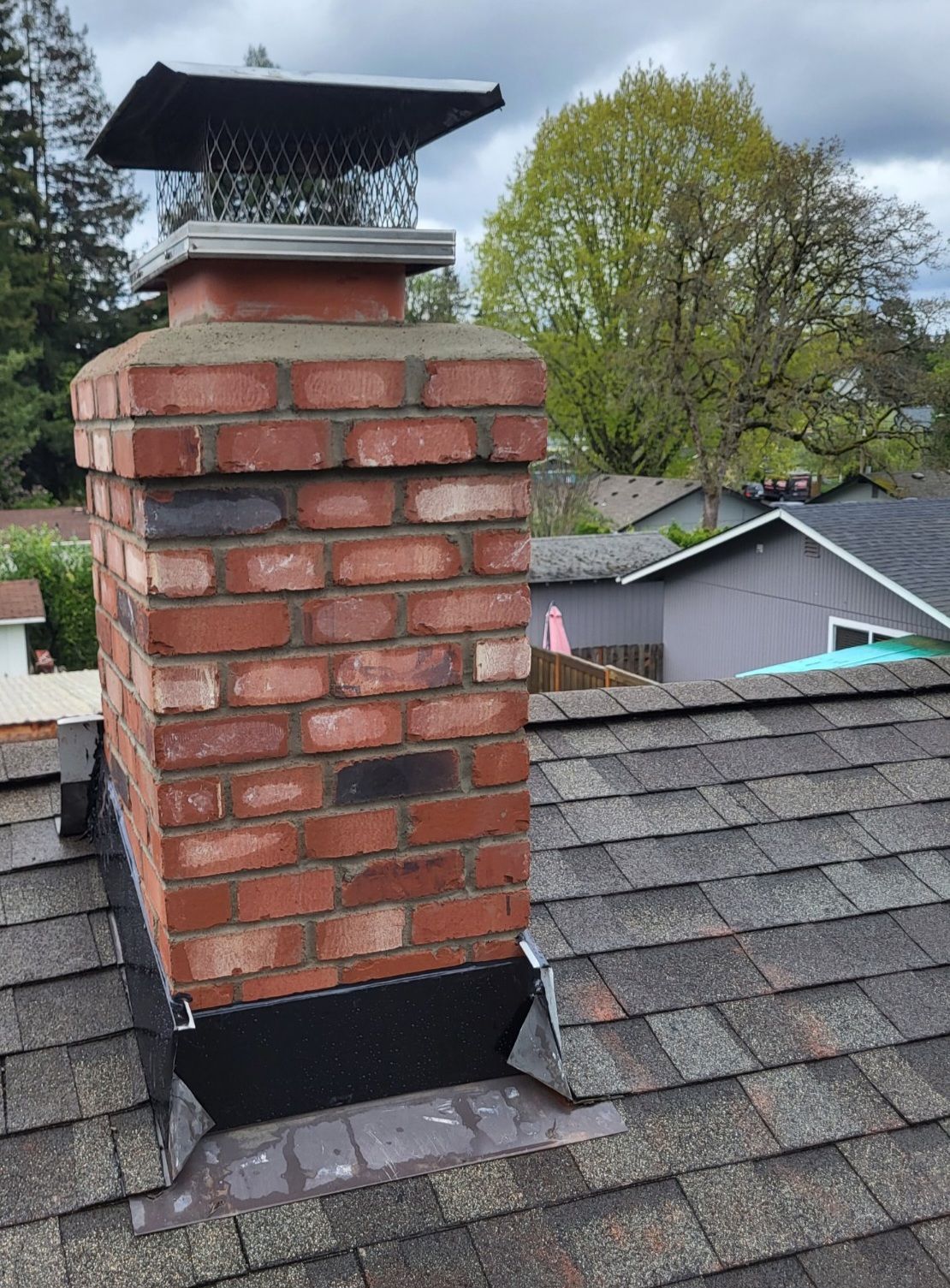Can a Chimney Be Repaired? Here’s What You Need to Know
Chimney Repair: What You Need to Know
Chimneys are functional and aesthetically pleasing. Yet, as time passes, chimneys suffer wear and tear due to weather, age, and usage. This wear and tear can cause deterioration, cracks, and other structural issues. Since you’re still reading, it’s safe to assume your chimney is damaged and you’re wondering if it can be repaired instead of replaced.
In this blog, we will explore the possibilities of chimney repair. You’ll learn about common problems, repair techniques, and when you may need to replace your chimney.
Common Chimney Problems
Below, we’ll dive into some common issues chimney owners experience.
- Cracks and Masonry Damage: Over time, cracks can develop in the mortar joints. Also, bricks can break or spall due to temperature changes and extreme weather.
- Chimney Leaks: When water infiltrates your chimney, the masonry and internal components can deteriorate, leading to leaks and other structural issues.
- Jammed or Damaged Flues: The flue lines your chimney for protection. If it’s blocked or damaged, the internal venting system becomes less efficient and puts your home at risk of fire.
- Structural Issues: Chimneys that lean or tilt can indicate problems with the chimney’s foundation due to mortar deterioration.
- Efflorescence and Rust: Chimneys can develop white chalky deposits or rust when water infiltrates them. This can also be a sign of metal components breaking down.
Can All These Chimney Issues Be Repaired?
In many cases, a chimney can be repaired before it needs a full replacement. At the first sign of aging and wear and tear, you should contact a professional mason because it will extend the lifespan of your chimney. Whether your chimney can be repaired depends on the severity and extent of the damage, the materials it’s constructed from, its age, and safety concerns.
Mortar joint repair, small cracks, and tuckpointing are common, cost-effective fixes. However, extensive deterioration or structural failures might require more extensive work.
What Are Some Common Chimney Repair Techniques?
- Tuckpointing and Repointing: This process restores deteriorating mortar joints, giving your chimney stability and preventing water intrusion.
- Chimney Crown Repairs: Repairing or rebuilding the crown prevents water penetration and protects the mortar joints.
- Crack Repair and Sealants: Technicians fill cracks with specialized mortar or sealant to prevent further damage.
- Waterproofing: Applied sealants create a waterproof coating to protect masonry from water damage.
- Structural Reinforcement: If your chimney has structural issues, a professional mason can install supports or anchors to stabilize leaning or bulging.
When Would Replacement Be Necessary?
Some situations call for a full replacement because repair is not an option:
- Extensive, deep-set cracking or spalling from a weak structure
- Any leaning or collapsing that poses a safety hazard
- Severe water damage where repairs are not economical or effective
- Non-compliance with building codes or safety standards
- Obsolete or unsafe venting systems that cannot be retrofitted
Why You Should Hire a Professional
Only a professional mason has the specialized knowledge and skills required to assess your chimney. Hire a reputable masonry company with repair experience.
Cost Considerations
Repair costs depend on the extent of damage and repair techniques used. Tuckpointing for small repairs can cost a few hundred dollars, while extensive repairs or rebuilds can reach thousands. Always weigh the cost of repairs versus replacement, especially if your chimney is severely damaged.
Do You Need a Chimney Inspection in Portland or the Northwest Oregon Area?
If you own a building in
Portland,
Beaverton,
Astoria, or
Vancouver, WA, and you need a
chimney repair,
contact us at Lifetime Chimney. We’re family owned and operated and have been repairing and rebuilding chimneys in the Portland area for more than twenty years.
